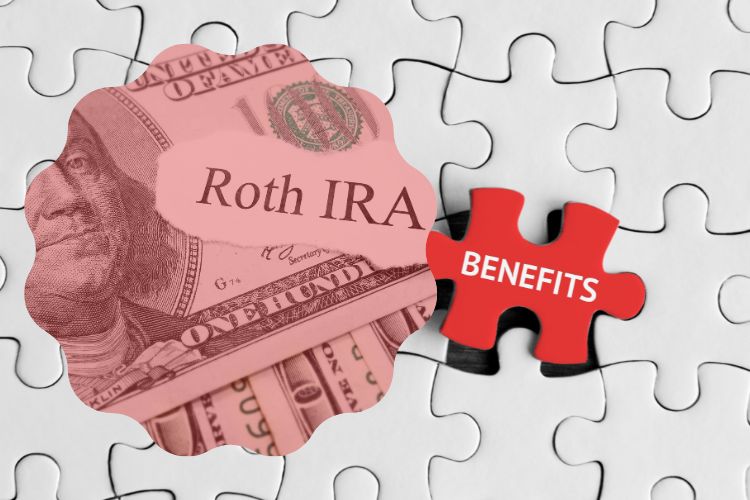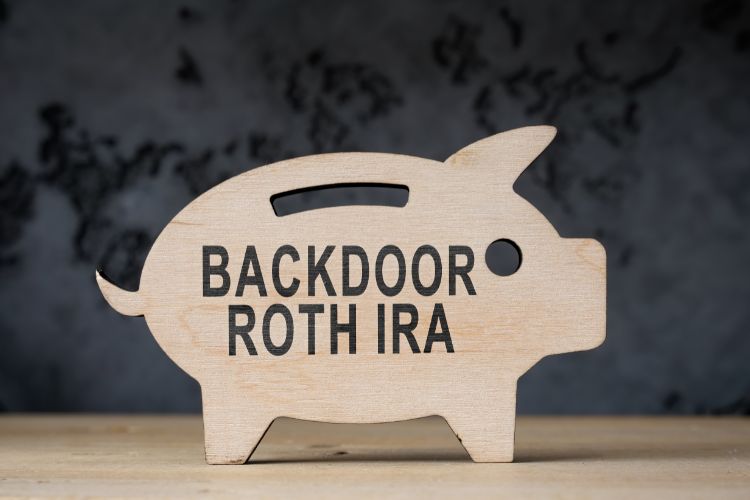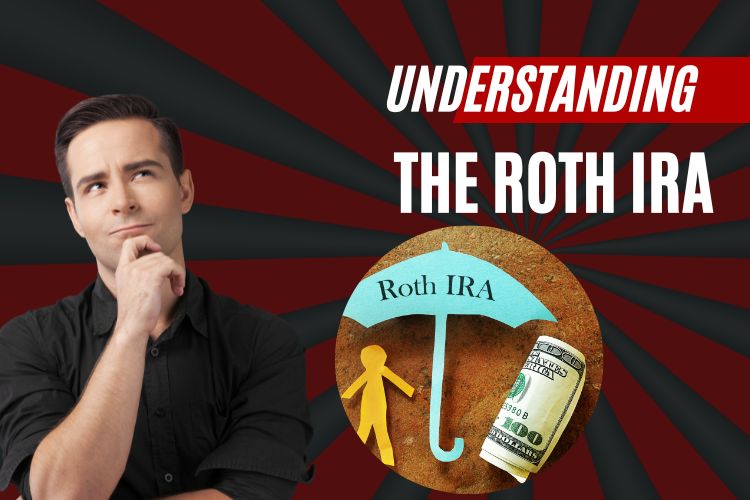Every working adult needs to save for retirement. The Roth Individual Retirement Account (IRA) stands out among the different ways to save for retirement because of its unique tax benefits.
Before we get into the details of Roth IRA and the “Backdoor” method of making contributions, which is becoming more and more popular, let’s talk about why Roth IRA should be a big part of your retirement planning.
Why You Need to Put Money Into a Roth IRA

Withdrawals Are Not Taxed:
Unlike traditional IRAs, you don’t have to pay taxes on withdrawals from a Roth IRA when you retire, as long as the account has been open for at least five years and you are at least 59 12 years old.
This can be a big help, especially if you think your tax rate will be high when you retire.
No Required Minimum Distributions (RMDs):

Unlike with Traditional IRAs, you don’t have to start taking out a certain amount once you turn 72 with a Roth IRA.
This can be a big benefit for people who don’t need to use their IRA for living costs and want to let their investments grow or leave the Roth IRA to their children or grandchildren.
Flexibility:

Contributions can be taken out tax-free and without a penalty at any time, but earnings can’t be. This gives you more freedom than most other retirement accounts.
Tax Diversification:

Roth IRAs are a great way to spread out your tax risk. By having both accounts before and after taxes, you can plan your withdrawals to reduce the amount of taxes you have to pay in retirement.
But because of income limits, not everyone can put money into a Roth IRA. In 2023, a single filer’s ability to contribute starts to go away at an adjusted gross income (AGI) of $138,000, and it goes away completely at an AGI of $153,000.
The phase-out range for married couples filing jointly is between $218,000 and $228,000. So, if you’re above these limits, how can you benefit from a Roth IRA? The answer is a ‘Backdoor Roth IRA.’
What is a ‘Backdoor’ Roth IRA and How Does It Work?

“Backdoor” Roth IRA is not a different kind of IRA. It’s just a way to put money into a Roth IRA even if your income is too high.
How it works is as follows:
Contribute to a Traditional IRA:
No matter how much money you make, you can put money into a Traditional IRA that is not tax-deductible.
Convert the Funds to a Roth IRA:

After making your non-deductible contribution, you convert your traditional IRA to a Roth IRA. If your Traditional IRA only has non-deductible contributions, this step is not a taxable event.
If you have other pre-tax IRAs, you should be aware of the pro-rata rule. For tax purposes, the IRS counts all of your IRAs as one.
So, if you have $45,000 in a traditional IRA (from tax-deductible contributions in the past) and convert a $5,000 contribution that wasn’t tax-deductible, you’ll be taxed on the conversion in proportion to how much you converted.
Talk to a tax expert to find out how this might affect your taxes.
Before Starting a Backdoor Roth IRA, You Should Think About the Following:

Five-Year Rule:
After the conversion, you must wait five years or until age 59½ (whichever comes first) to withdraw funds without a penalty.
Tax Planning:

It’s often best to convert in a year when your income is lower, which could lower the tax you have to pay when you convert.
Consult a Financial Advisor:

Before putting the backdoor Roth strategy into action, it’s best to talk to a financial advisor about it, just like you should do with any investment-related issue.
Even though there are income limits, the backdoor strategy still makes it possible to get a Roth IRA. The Roth IRA is an important tool for planning for retirement because it helps you save money on taxes. Start contributing now to make sure you have money in the future.
Disclaimer: This blog post is meant to teach, not to give financial advice. Every person’s financial situation is different, so you should talk to a financial advisor to figure out what’s best for you.

